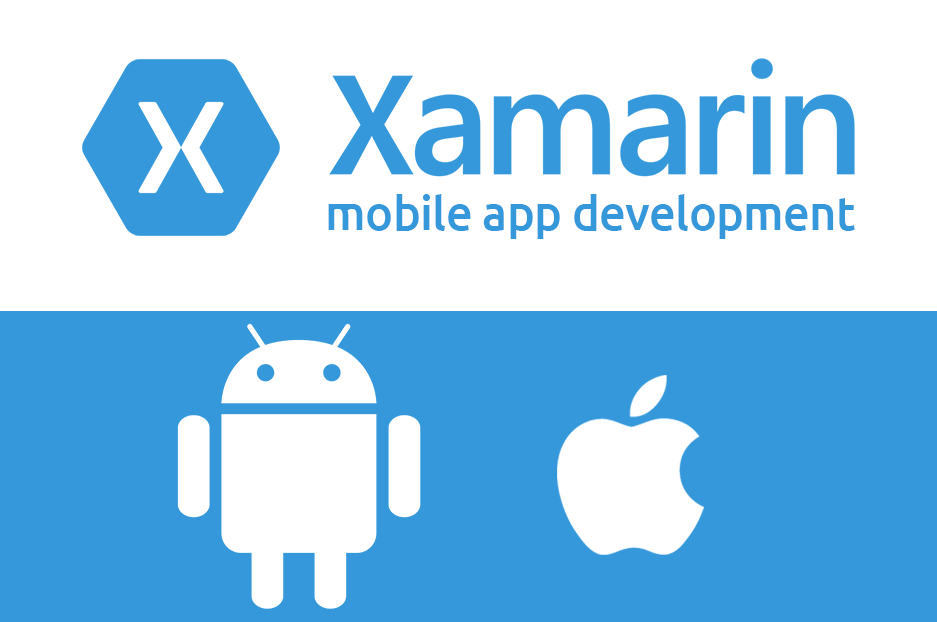
Free eBooks for Beginners
In Xamarin.Forms, a Cell is a visual element that can be used to display a single piece of data in a ListView or a TableView. A ListView and TableView are two of the most commonly used elements in mobile app development and they are used to display a collection of data in a scrollable list.
A Cell in Xamarin.Forms can be thought of as a template for displaying a single item of data in a ListView or TableView. It is used to define the layout and appearance of each item in the list, and it can include various visual elements such as text, images, and buttons.
There are several built-in cell types in Xamarin.Forms, each with a specific purpose and appearance. For example, the TextCell is used to display a single line of text, while the ImageCell is used to display an image along with a label. The SwitchCell is used to display a switch button, which can be used to turn on/off features.
Developers can also create their own custom cells to display data in a unique way. This can be useful for creating cells with unique layouts or functionality that are not possible with the built-in cell types.
When creating a Cell, developers can use a variety of different layout elements, such as StackLayout, Grid, and AbsoluteLayout, to arrange and organize the visual elements within the cell. These layout elements allow developers to position elements in relation to each other, and to specify constraints between elements.
Another important aspect of cells in Xamarin.Forms is the ability to handle events, such as button clicks or cell taps. Developers can use the Xamarin.Forms event handling system to specify what actions should be taken when certain events occur within a cell.
In addition to visual representation, Cells also have data binding capability, which allows the developer to bind data to the cell and displays it on the screen. This makes it easier for the developer to manage the data and update it easily.
In summary, Xamarin.Forms Cells are visual elements that can be used to display a single piece of data in a ListView or TableView. Xamarin.Forms provides several built-in cell types, such as TextCell, ImageCell, and SwitchCell, as well as the ability to create custom cells. Developers can use a variety of different layout elements and event handling to create dynamic and interactive user experience. Additionally, Cells also have data binding capability which allows the developer to easily manage and update the data.
Cookbook – Xamarin for Beginners – Chapter 07
 Loading...
Loading...
Disclaimer: The information and code presented within this recipe/tutorial is only for educational and coaching purposes for beginners and developers. Anyone can practice and apply the recipe/tutorial presented here, but the reader is taking full responsibility for his/her actions. The author (content curator) of this recipe (code / program) has made every effort to ensure the accuracy of the information was correct at time of publication. The author (content curator) does not assume and hereby disclaims any liability to any party for any loss, damage, or disruption caused by errors or omissions, whether such errors or omissions result from accident, negligence, or any other cause. The information presented here could also be found in public knowledge domains.